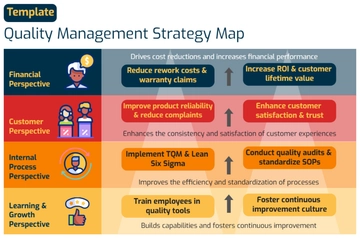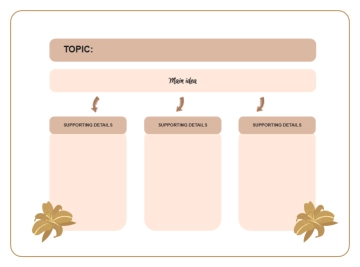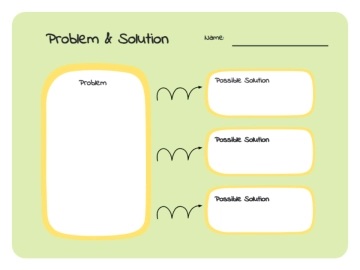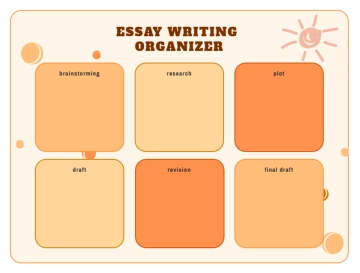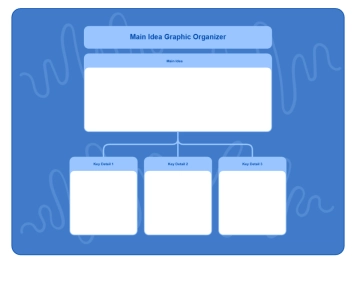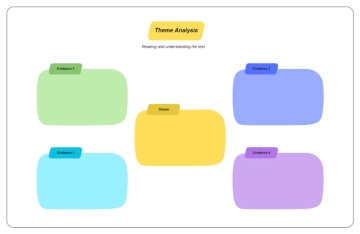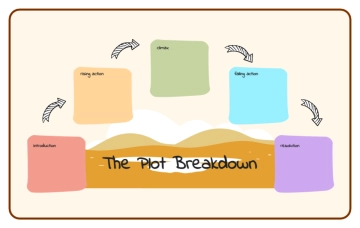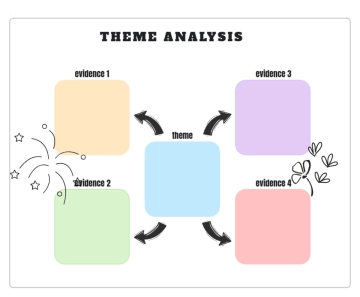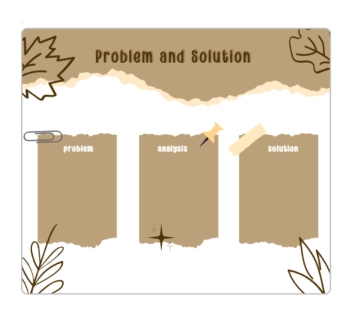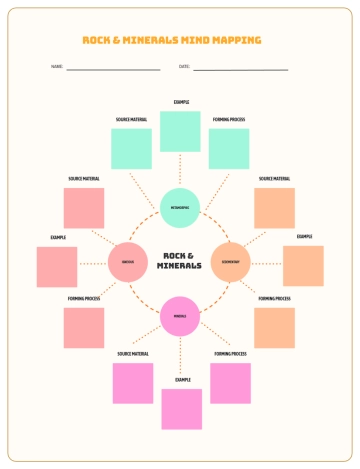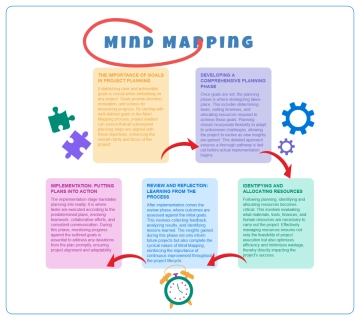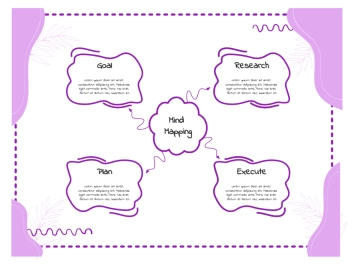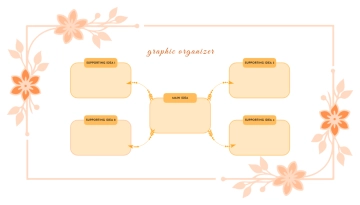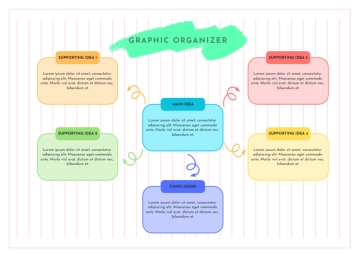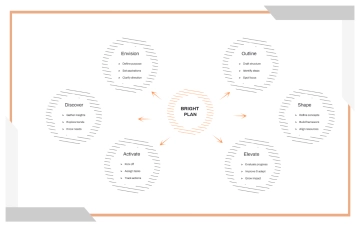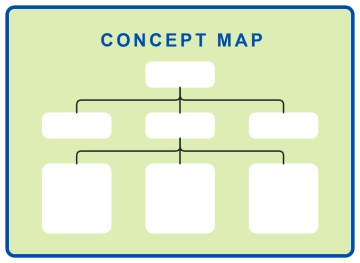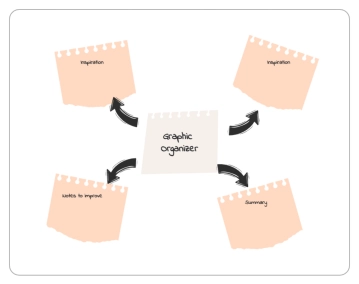Free Agriculture Supply Chain Strategy Plan
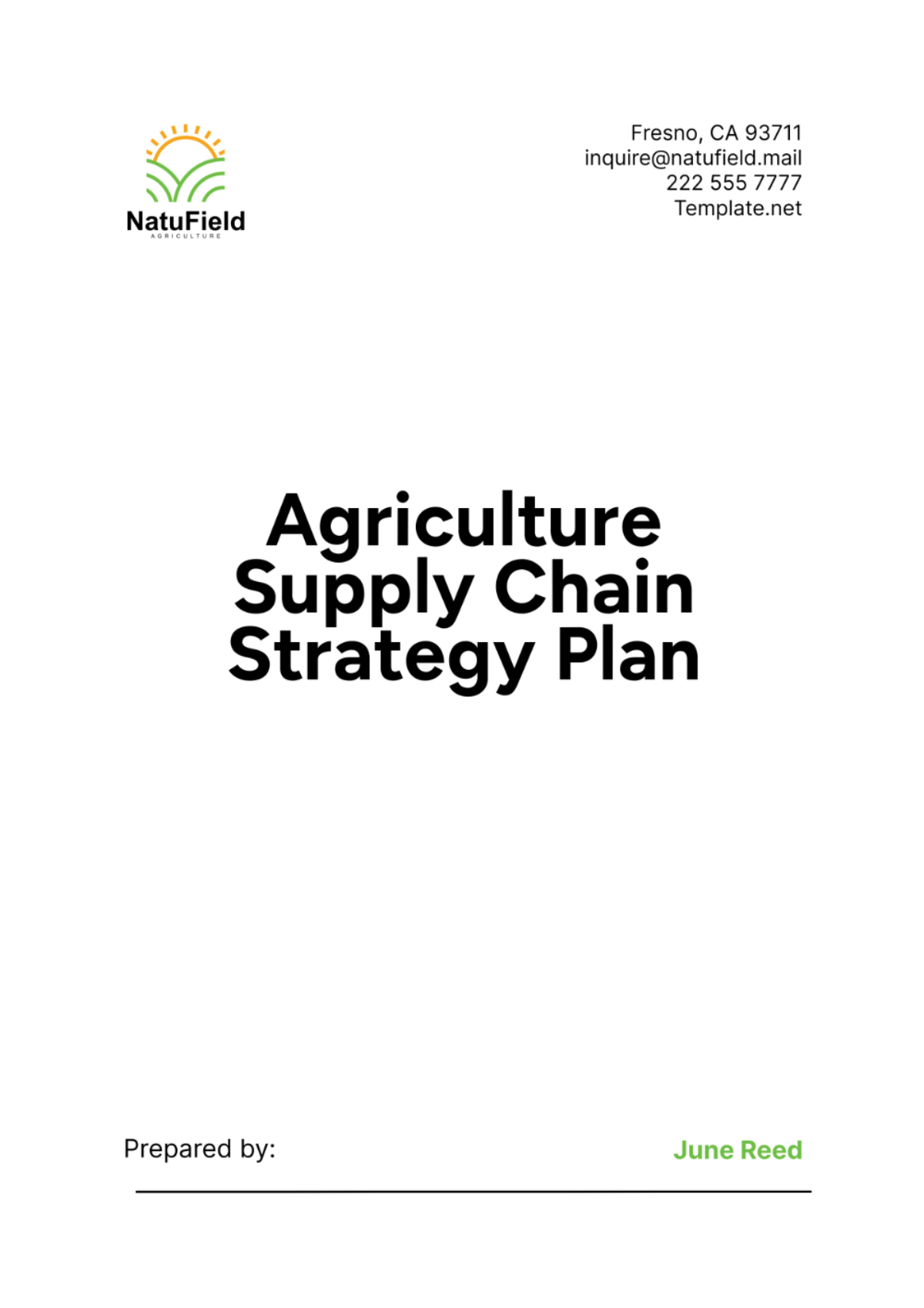
I. Objectives
The Agriculture Supply Chain Strategy Plan outlines several key objectives aimed at enhancing efficiency and sustainability across our supply chain operations:
Timely Procurement and Maintenance of Equipment: Our first objective is to ensure the timely procurement and regular maintenance of high-quality agricultural equipment and supplies. This involves establishing clear procurement timelines and protocols to meet production schedules effectively. By maintaining our equipment regularly, we ensure optimal functionality and reduce downtime, thereby maximizing productivity in our agricultural operations.
Establishing Robust Supplier Relationships: Building strong and reliable relationships with our suppliers is crucial. This objective focuses on nurturing partnerships based on trust, transparency, and mutual benefit. We aim to collaborate closely with suppliers who share our commitment to quality and sustainability. Through effective communication and collaborative planning, we seek to anticipate and meet the evolving needs of our agricultural production requirements.
Utilizing Advanced Technologies for Inventory Management: Leveraging advanced technologies for real-time inventory tracking and management forms another critical objective. By implementing robust inventory management systems, such as RFID tagging or cloud-based software solutions, we enhance visibility across our supply chain. This enables us to optimize inventory levels, minimize stockouts, and improve overall operational efficiency. Real-time data analytics also empower us to make informed decisions swiftly, enhancing responsiveness to market demands and fluctuations.
Implementing Cost-Effective Logistics Solutions: The strategy includes implementing cost-effective logistics solutions aimed at reducing transportation costs and minimizing environmental impact. This objective involves optimizing transportation routes, exploring eco-friendly packaging options, and adopting efficient freight management practices. By optimizing logistics operations, we aim to achieve significant cost savings while minimizing our carbon footprint and contributing to sustainable agricultural practices.
Continuous Monitoring and Performance Assessment: The final objective focuses on continuously monitoring and assessing supply chain performance. This involves setting clear performance metrics and KPIs to measure key aspects such as supplier performance, inventory turnover, and logistics efficiency. Regular performance evaluations enable us to identify areas for improvement and implement proactive measures to enhance supply chain resilience and agility. By staying agile and adaptable to market changes, we ensure our supply chain remains responsive to dynamic industry trends and consumer demands.
The Agriculture Supply Chain Strategy Plan outlines a comprehensive approach to optimizing our supply chain operations. By prioritizing timely procurement, fostering strong supplier relationships, embracing technological advancements, implementing cost-effective logistics solutions, and maintaining continuous performance monitoring, we aim to achieve sustainable growth, operational excellence, and resilience in the agricultural sector.
II. Supplier Relationship Management
Effective supplier management is crucial for [Your Company Name] to ensure reliability, quality, and sustainability across our supply chain. By employing rigorous selection criteria and fostering strategic engagements, we aim to cultivate long-term partnerships that enhance operational efficiency and sustainability practices.
A. Selection Criteria
Criteria | Details | Examples |
|---|---|---|
Reliability and consistency in supply | Evaluate suppliers based on their track record of meeting delivery schedules and order fulfillment. | Supplier A has consistently delivered orders on time over the past three years without any delays. |
Quality of products and standards | Assess the quality standards upheld by suppliers and their commitment to product consistency. | Supplier B is ISO 9001 certified and provides product samples for quality testing upon request. |
Cost competitiveness | Compare pricing structures and negotiate competitive rates to ensure cost-effectiveness. | Supplier C offers a 5% discount for bulk orders, making their pricing competitive in the market. |
Sustainability practices | Review suppliers' environmental policies, certifications, and commitment to sustainable practices. | Supplier D uses recycled packaging materials and has obtained a Green Seal certification. |
B. Engagement Strategies
Strategy | Details | Examples |
|---|---|---|
Regular communication and feedback | Establish regular communication channels for updates, feedback on deliveries, and issue resolution. | Monthly meetings with Supplier E to discuss product quality and upcoming orders. |
Long-term contracts and partnership agreements | Negotiate long-term contracts or partnership agreements to foster stability and mutual commitment. | Signing a three-year contract with Supplier F to ensure consistent supply and pricing stability. |
Supplier performance evaluations and reviews | Conduct periodic evaluations to assess supplier performance against agreed-upon metrics and standards. | Quarterly performance reviews with Supplier G based on delivery performance and customer satisfaction surveys. |
This structured approach ensures that our supplier relationships are built on trust, transparency, and mutual benefit, contributing to the overall effectiveness and sustainability of our Agriculture Supply Chain Strategy Plan.
III. Inventory Management
Efficient inventory management is pivotal for [Your Company Name] to streamline operations and meet market demands effectively. Through advanced tracking systems and optimized inventory levels, we ensure timely availability of agricultural inputs, minimizing stockouts and enhancing overall supply chain resilience and responsiveness.
A. Real-Time Tracking Systems
Strategy | Details | Examples |
|---|---|---|
Implementation of advanced inventory management software | Deploying robust inventory management software to track inventory levels, orders, and shipments in real-time. This software will also generate reports for better decision-making and forecasting. | [Your Company Name] adopts ERP software to manage inventory across all locations, integrating sales and production data for real-time insights. |
Integration with supplier systems | Integrating inventory systems with suppliers for seamless data exchange on orders, stock levels, and forecasts to improve supply chain visibility and responsiveness. | Setting up EDI (Electronic Data Interchange) with key suppliers to automate order processing and inventory updates, enhancing efficiency and accuracy. |
Inventory monitoring and alerts | Implementing monitoring systems to track inventory movements and set alerts for stock levels, ensuring timely replenishment and minimizing stockouts. | Using IoT (Internet of Things) sensors to monitor temperature-sensitive inventory and send alerts for temperature deviations, ensuring product quality. |
Barcode and RFID technology | Utilizing barcode and RFID technology for automated inventory tracking, reducing manual errors and improving inventory accuracy. | Implementing RFID tags for high-value items to track their location and movement within the warehouse in real-time, enhancing security and efficiency. |
Cloud-based inventory management | Adopting cloud-based inventory management systems for remote access, scalability, and real-time data synchronization across multiple locations. | [Your Company Name] migrates to a cloud-based inventory system, enabling remote access for inventory managers and seamless integration with other business applications. |
B. Inventory Optimization
Strategy | Details | Examples |
|---|---|---|
Just-in-time (JIT) principles | Implementing JIT inventory practices to minimize storage costs and reduce excess inventory. | [Your Company Name] schedules deliveries to coincide with production needs, reducing warehouse space usage and holding costs. |
Safety stock levels | Maintaining adequate safety stock levels to cover demand variability and unexpected spikes in orders. | Setting safety stock levels at 15% above average monthly demand to handle seasonal fluctuations and unexpected demand surges. |
ABC analysis | Conducting ABC analysis to classify inventory items based on value and usage frequency, optimizing inventory control and storage strategies. | Classifying inventory items into categories A, B, and C based on value and demand patterns, adjusting reorder points and stocking levels accordingly. |
Economic order quantity (EOQ) | Calculating EOQ to determine optimal order quantities that minimize total inventory costs, balancing holding costs and ordering costs. | [Your Company Name] uses EOQ calculations to determine the most cost-effective order quantities for raw materials, reducing overall inventory costs. |
Vendor-managed inventory (VMI) | Implementing VMI where suppliers manage inventory levels at [Your Company Name]'s facilities based on agreed-upon targets and replenishment triggers. | Partnering with suppliers to implement VMI, improving inventory turnover and reducing stockouts through proactive inventory management. |
By implementing these strategies in our Inventory Management Plan, [Your Company Name] aims to achieve operational excellence, cost efficiency, and resilience in meeting customer demands in the agriculture sector.
IV. Logistics and Transportation
Optimizing logistics and transportation is essential for [Your Company Name] to reduce costs and environmental impact while enhancing service efficiency. By deploying route optimization algorithms and embracing sustainable transport practices, we strive to deliver agricultural products efficiently and responsibly, meeting customer expectations and regulatory requirements.
A. Cost-Effective Solutions
Strategy | Details | Examples |
|---|---|---|
Route optimization algorithms | Implementing advanced algorithms to optimize delivery routes, reducing mileage and transportation costs. | [Your Company Name] adopts route optimization software to streamline delivery routes and minimize fuel consumption. |
Bulk transportation | Utilizing bulk transportation methods such as freight trains or shipping containers for economies of scale and cost savings. | Partnering with shipping companies to transport bulk orders via container ships, reducing per-unit transportation costs. |
Cross-docking facilities | Establishing cross-docking facilities to facilitate direct transfer of goods from inbound to outbound vehicles, minimizing storage costs and handling time. | Setting up cross-docking centers strategically near major distribution hubs to expedite order fulfillment and reduce logistics costs. |
Collaborative shipping arrangements | Collaborating with other businesses for shared transportation services, optimizing vehicle capacity and reducing transportation expenses. | Forming partnerships with local farms to share transportation costs and reduce delivery expenses through joint shipping arrangements. |
B. Environmental Considerations
Strategy | Details | Examples |
|---|---|---|
Use of fuel-efficient vehicles | Investing in fuel-efficient vehicles and machinery to reduce fuel consumption and emissions during transportation. | Upgrading [Your Company Name]'s vehicle fleet to hybrid or electric models to minimize carbon emissions and lower fuel costs. |
Optimization of delivery schedules | Optimizing delivery schedules to reduce the number of trips and minimize idle time, thereby lowering overall carbon footprint. | Implementing dynamic routing software to plan efficient delivery schedules and reduce unnecessary mileage, enhancing environmental sustainability. |
Alternative packaging materials | Adopting eco-friendly packaging materials to reduce waste and environmental impact during product transportation. | Switching to biodegradable packaging materials for shipping agricultural products, reducing plastic waste and environmental footprint. |
Carbon offset initiatives | Participating in carbon offset programs or investing in renewable energy projects to mitigate the environmental impact of logistics operations. | Partnering with environmental organizations to offset carbon emissions from transportation activities through reforestation projects or renewable energy investments. |
By integrating these strategies into our Logistics and Transportation Plan, [Your Company Name] aims to achieve cost efficiency, enhance operational effectiveness, and promote environmental sustainability in the agriculture sector.
V. Performance Monitoring and Evaluation
Continuous performance monitoring and evaluation empower [Your Company Name] to maintain high supply chain standards. Through robust KPI tracking and regular audits, we ensure agility in adapting to market dynamics and driving continuous improvement in operational efficiency and customer satisfaction.
Strategy | Details | Examples |
|---|---|---|
Key Performance Indicators (KPIs) tracking | Defining and tracking KPIs relevant to supply chain performance, such as on-time delivery rates, inventory turnover, and supplier performance metrics. | [Your Company Name] monitors KPIs like order fulfillment accuracy and supplier lead times to gauge supply chain efficiency and performance. |
Regular audits and reviews | Conducting periodic audits and reviews of supply chain processes, operations, and performance metrics to identify areas for improvement and ensure compliance. | Quarterly audits are conducted to assess inventory accuracy and compliance with safety standards, optimizing operational efficiency and risk management. |
Adaptation strategies | Implementing adaptive strategies based on market trends and performance data to address challenges, optimize processes, and capitalize on emerging opportunities. | [Your Company Name] adjusts inventory strategies based on seasonal demand shifts and market trends, enhancing responsiveness and profitability. |
Supplier scorecards | Developing supplier scorecards to evaluate supplier performance against predefined criteria and benchmarks, fostering accountability and continuous improvement. | [Your Company Name] uses scorecards to assess suppliers' quality, delivery reliability, and sustainability practices, fostering collaborative relationships and performance improvement. |
Customer feedback analysis | Analyzing customer feedback and satisfaction surveys to assess supply chain effectiveness and identify areas needing improvement. | [Your Company Name] conducts monthly customer satisfaction surveys to gather feedback on delivery timeliness and product quality, driving continuous improvement initiatives. |
Implementing these strategies in our Performance Monitoring and Evaluation Plan ensures [Your Company Name] remains agile, competitive, and responsive to market demands in the agriculture sector.
VI. Implementation Timeline
The implementation timeline outlines [Your Company Name]'s structured approach to executing our Agriculture Supply Chain Strategy Plan. By delineating clear phases from supplier selection to performance monitoring setup, we ensure seamless integration of strategies aimed at enhancing efficiency, sustainability, and overall supply chain effectiveness.
Phase | Activity | Timeline | Details and Examples |
|---|---|---|---|
Phase 1 | Supplier Selection and Contracting | Month 1 - Month 3 | Develop selection criteria: Define criteria such as reliability, quality, and sustainability practices for supplier evaluation. |
Identify potential suppliers: Research and identify potential suppliers that meet criteria; consider factors like geographic proximity and pricing models. | |||
Evaluate proposals and negotiate contracts: Review supplier proposals, conduct negotiations, and finalize agreements to establish partnerships. Example: Negotiate long-term contracts with suppliers offering sustainable practices to ensure consistent quality and reliability. | |||
Phase 2 | Inventory Management System Implementation | Month 4 - Month 6 | Conduct system needs assessment: Assess current inventory management processes, identify gaps, and define system requirements. |
Select and procure software: Research and select inventory management software that aligns with identified needs and scalability requirements. Example: Procure cloud-based inventory software with real-time tracking capabilities to enhance visibility and reduce manual errors. | |||
Customize and implement system: Customize software functionalities and integrate with existing systems; conduct user training and ensure seamless adoption across departments. Example: Customize ERP modules for seamless integration of inventory and procurement functions, optimizing supply chain efficiency. | |||
Phase 3 | Logistics Optimization | Month 7 - Month 9 | Implement route optimization algorithms: Deploy advanced algorithms to optimize delivery routes, reducing transportation costs and improving delivery times. |
Establish cross-docking facilities: Set up facilities near major distribution hubs to facilitate direct transfer of goods, minimizing storage costs and handling time. Example: Establish cross-docking centers in strategic locations to streamline distribution and reduce transit times. | |||
Initiate bulk transportation arrangements: Collaborate with logistics partners to implement bulk transportation solutions for cost savings and operational efficiency. Example: Partner with freight companies for bulk shipment of agricultural inputs, reducing per-unit transportation costs. | |||
Phase 4 | Performance Monitoring Setup | Month 10 - Month 12 | Define KPIs and metrics: Define specific KPIs such as on-time delivery rates, inventory turnover, and supplier performance metrics. |
Implement monitoring tools: Deploy integrated monitoring tools and dashboards to track KPIs in real-time and identify performance trends. Example: Implement BI tools for automated KPI tracking and performance reporting, enhancing decision-making capabilities. | |||
Conduct initial performance audits: Conduct comprehensive audits to assess adherence to KPIs, identify improvement opportunities, and ensure alignment with strategic goals. Example: Conduct quarterly performance audits to evaluate supply chain resilience and responsiveness to market dynamics. |
By adhering to this structured timeline, [Your Company Name] aims to achieve seamless implementation of the Agriculture Supply Chain Strategy Plan, ensuring optimized operations and sustainable growth in the agriculture sector.
VII. Conclusion
The Agriculture Supply Chain Strategy Plan is designed to ensure the efficient and sustainable operation of our supply chain. By focusing on supplier relationships, advanced inventory management, cost-effective logistics, and continuous performance monitoring, we are committed to achieving our objectives and supporting sustainable agricultural practices. This plan will enable us to meet production demands without interruption, reduce costs, and minimize environmental impact.
- 100% Customizable, free editor
- Access 1 Million+ Templates, photo’s & graphics
- Download or share as a template
- Click and replace photos, graphics, text, backgrounds
- Resize, crop, AI write & more
- Access advanced editor
Optimize your agricultural operations with Template.net's Agriculture Supply Chain Strategy Plan Template. Fully editable and customizable, this template empowers marketing professionals to streamline supply chain strategies. Easily tailor it to your specific needs, as it is editable in our Ai Editor Tool. Don’t miss out on transforming your supply chain efficiency; get started with our professional-grade template today.
You may also like
- Finance Plan
- Construction Plan
- Sales Plan
- Development Plan
- Career Plan
- Budget Plan
- HR Plan
- Education Plan
- Transition Plan
- Work Plan
- Training Plan
- Communication Plan
- Operation Plan
- Health And Safety Plan
- Strategy Plan
- Professional Development Plan
- Advertising Plan
- Risk Management Plan
- Restaurant Plan
- School Plan
- Nursing Home Patient Care Plan
- Nursing Care Plan
- Plan Event
- Startup Plan
- Social Media Plan
- Staffing Plan
- Annual Plan
- Content Plan
- Payment Plan
- Implementation Plan
- Hotel Plan
- Workout Plan
- Accounting Plan
- Campaign Plan
- Essay Plan
- 30 60 90 Day Plan
- Research Plan
- Recruitment Plan
- 90 Day Plan
- Quarterly Plan
- Emergency Plan
- 5 Year Plan
- Gym Plan
- Personal Plan
- IT and Software Plan
- Treatment Plan
- Real Estate Plan
- Law Firm Plan
- Healthcare Plan
- Improvement Plan
- Media Plan
- 5 Year Business Plan
- Learning Plan
- Marketing Campaign Plan
- Travel Agency Plan
- Cleaning Services Plan
- Interior Design Plan
- Performance Plan
- PR Plan
- Birth Plan
- Life Plan
- SEO Plan
- Disaster Recovery Plan
- Continuity Plan
- Launch Plan
- Legal Plan
- Behavior Plan
- Performance Improvement Plan
- Salon Plan
- Security Plan
- Security Management Plan
- Employee Development Plan
- Quality Plan
- Service Improvement Plan
- Growth Plan
- Incident Response Plan
- Basketball Plan
- Emergency Action Plan
- Product Launch Plan
- Spa Plan
- Employee Training Plan
- Data Analysis Plan
- Employee Action Plan
- Territory Plan
- Audit Plan
- Classroom Plan
- Activity Plan
- Parenting Plan
- Care Plan
- Project Execution Plan
- Exercise Plan
- Internship Plan
- Software Development Plan
- Continuous Improvement Plan
- Leave Plan
- 90 Day Sales Plan
- Advertising Agency Plan
- Employee Transition Plan
- Smart Action Plan
- Workplace Safety Plan
- Behavior Change Plan
- Contingency Plan
- Continuity of Operations Plan
- Health Plan
- Quality Control Plan
- Self Plan
- Sports Development Plan
- Change Management Plan
- Ecommerce Plan
- Personal Financial Plan
- Process Improvement Plan
- 30-60-90 Day Sales Plan
- Crisis Management Plan
- Engagement Plan
- Execution Plan
- Pandemic Plan
- Quality Assurance Plan
- Service Continuity Plan
- Agile Project Plan
- Fundraising Plan
- Job Transition Plan
- Asset Maintenance Plan
- Maintenance Plan
- Software Test Plan
- Staff Training and Development Plan
- 3 Year Plan
- Brand Activation Plan
- Release Plan
- Resource Plan
- Risk Mitigation Plan
- Teacher Plan
- 30 60 90 Day Plan for New Manager
- Food Safety Plan
- Food Truck Plan
- Hiring Plan
- Quality Management Plan
- Wellness Plan
- Behavior Intervention Plan
- Bonus Plan
- Investment Plan
- Maternity Leave Plan
- Pandemic Response Plan
- Succession Planning
- Coaching Plan
- Configuration Management Plan
- Remote Work Plan
- Self Care Plan
- Teaching Plan
- 100-Day Plan
- HACCP Plan
- Student Plan
- Sustainability Plan
- 30 60 90 Day Plan for Interview
- Access Plan
- Site Specific Safety Plan
